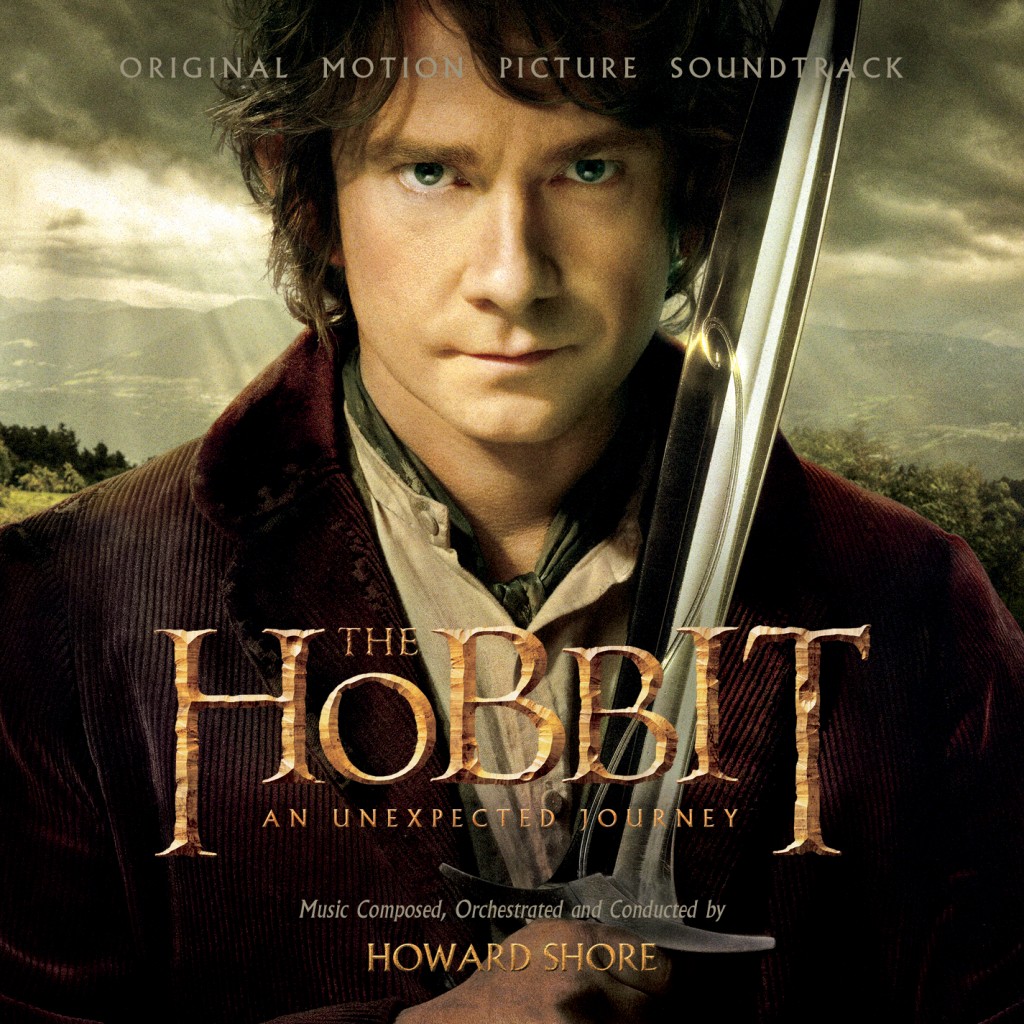Movie critics of America, foreign audiences would just like to remind you that you’re not the boss of them, thank you very much. After all, not only did the critics complain when Peter Jackson expanded J.R.R. Tolkien’s The Hobbit into three movies (although, please remember: it could be worse), but the first of those movies failed to make the grade for many professional moviegoers, with this particular parish describing it as “attempting to recreate the Lord of the Rings trilogy with the nostalgic desperation of a college freshman trying to get back together with his high school girlfriend.”
So, you’d think that such a disappointing movie would be a flop at the box office, right? Guess again: As of this last weekend, The Hobbit: An Unexpected Journey has made more money worldwide than either Lord of the Rings: The Fellowship of the Ring or Lord of the Rings: The Two Towers managed in their entire time in movie theaters.
The international box office total for The Hobbit is currently $939,862,965, with almost 69 percent of that amount coming from non-U.S. audiences ($646,300,000, to be specific), continuing the upwards trend of Jackson’s Middle-earth movies. In comparison, The Fellowship of the Ring made $869,349,688 in terms of worldwide box office ($555,985,574 of which came from moviegoers outside of the U.S.; that’s 64 percent of the total for the less math-inclined amongst you), and The Two Towers collected a total of $923,285,627 from the world’s box office, with 63.2 percent of that amount ($583,495,746) coming from non-domestic release.
The only Tolkien movie to have made more money worldwide than The Hobbit is 2005′s Lord of the Rings: Return of the King, which grossed a total of $1,119,110,941 internationally during its time in theaters, with 66.3 percent of that – or $742,083,616 in practical terms – coming from non-American theaters.
In the U.S. alone, things are a little different. Currently, The Hobbit is lagging behind all three of Jackson’s earlier Tolkien movies, with “just” $293,562,965 in domestic box office, although there are all manner of reasons for that, not least of which is the fact that it is still in the middle of its theater run, only in release for 46 days versus the 243 days, 250 days and 170 days that Fellowship, Towers and Return enjoyed, respectively.
At current rate — it made $8,948,729 last week alone, and remains in the box office top 10 more than a month after release — it’s likely that The Hobbit will end up eclipsing The Fellowship of the Ring (Total domestic gross: $313,364,114) at least before leaving theaters, if not also The Two Towers (Total domestic gross: $339,789,881). Return of the King, however, can likely relax on its throne made of the $377,027,325 it brought in from American audiences during its time in theaters.
So, what can be learned from this? Perhaps we should chalk it up to the power of a recognizable brand; note that each successive Lord of the Rings movie was more financially successful than the one before, and that The Hobbit was seemingly unaffected by poor reviews ahead of release. In fact, it had the most impressive U.S. opening weekend, with $84,617,303 — significantly higher than even Return of the King‘s $72,629,713 and almost twice that of Fellowship of the Ring‘s $47,211,490.
Some things may simply be critic-proof, which likely comes as a relief to Warner Bros. with two more Hobbits waiting in the wings for 2013 and 2014 respectively. If the box office returns hold up, maybe talk of a final trilogy based upon material in The Silmarillion won’t seem as outlandish after all.
Source: Wired


Recent Comments